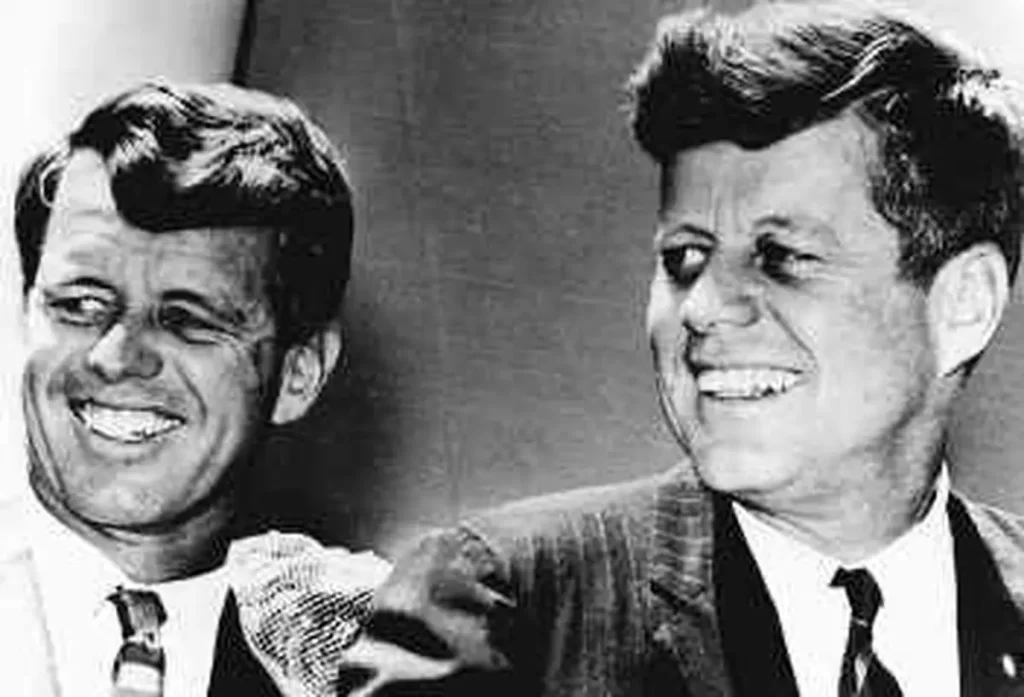
Early Life and Rise to Power
Santo Trafficante Jr. (November 15, 1914 – March 17, 1987) was the son of Santo Trafficante, Sr., the long-time boss of the family of the same name. The senior Trafficante was an influential Tampa mob figure who controlled much of the city’s gambling and bolita (gambling) ventures. In this world, Santo Jr. grew up understanding the importance of loyalty and discretion at an early age while learning all aspects of the business.
Santo Jr. assumed control of the family in 1950 when his father died at age 65. He was, against the stereotype of his era, mobsters as flamboyant big-mouths, notoriously introverted and intelligent.Under his leadership, the reach of the family gained wider geographical links, stretching out from Tampa to international waters.
Expanding Operations
After Santo Jr. took over, the Trafficante family blossomed into a dominant force in American organized crime. He helped set up a profitable gambling empire in Cuba, which quickly became one of the family’s biggest earners. Cuban casinos were not only moneymakers but also perfect locations for laundering money and doing business with the Mafia’s big shots.
Santo Jr., with his business interests in Cuba, found himself rubbing elbows (literally) with other notables from the mob world–like Sam Giancana of the Chicago Outfit and Meyer Lansky. The three combined forces to dominate Havana’s highly lucrative gambling scene during Batista’s crooked rule.
Associates and Allies
Santo Trafficante Jr had a broad network of associates and alliances with other Mafia figures that were vital for his achievements. One of his closest associates from the old days was Sam Giancana, whose flamboyance and use of tough tactics put him into conflict with other crime syndicate leaders. The two became more than just partners in casinos; the pair also participated together in all sorts of illegal activities, such as drug smuggling and money laundering.
A much more important ally was Charlie “Lucky” Luciano, who created modern organized crime in America. While Luciano was exiled to Italy, his power had not diminished. He continued cultivating a close relationship with Santo Jr. Through the contacts provided by letters from Luciano, Trafficante received information that would once again allow him to solidify its control.
Another important figure in Trafficante’s circle was Meyer Lansky, the financial brain behind the Mafia. Lansky was an expert in accounting for and investing money from illegal activities, which made him invaluable to Trafficante so that both men grew rich. The two worked hand in glove to help transform Havana into a gambling paradise where tourists and high rollers worldwide would flock.
The Cuban Revolution and Its Consequences
Under Fidel Castro, the Cuban Revolution of 1959 eliminated Trafficante’s operations in Cuba. The ruling-by-tyrannically edict model that gave rise to Castro’s government nationalized the casinos, appropriating assets and running off the American mobsters. Santo Jr. was arrested and served time in jail in 1943, but somehow, he re-entered the U.K. after his release.
The loss of the Cuban casinos was severe, but Trafficante adapted quickly. He returned to the U.S. and forayed into starting additional gambling houses in Florida and other states. His strength and agility in rolling with the punches of political change helped him retain his seat at the table.
Participation In The Kennedy Assassination
Santo Trafficante Jr. is probably best known for the persistent rumor that he was involved in having President John F. Kennedy assassinated. Trafficante, along with other Mafia figures such as Sam Giancana and Carlos Marcello, has been named in various conspiracy theories based upon alleged similar links to the plot to kill Kennedy. These theories are often based on the anger that existed over crackdowns on organized crime by the Kennedy administration.

Though no conclusive evidence has ever emerged to tie Trafficante to the crime, his links with persons central to many of them have fueled rumors. Trafficante himself always denied any part in it, and the depth of his involvement, if there was one at all, is muddled.
Later Years and Legacy
Santo Trafficante Jr., who lived until old age, was a powerful figure in mafia circles. He was not into the media hype and noise; he preferred to keep things low. His health deteriorated in the 1980s, and he died on March 17, 1987, of stomach cancer.
Trafficante’s legacy is that he was an astute, thoughtful, and long-term organized crime leader in the most turbulent years. The family was able to survive and prosper, partly because of his skill at making alliances with other even more powerful figures on the Mafia scene and his ability to adapt to changing times. Santo Trafficante Jr. is also a man on whom focus has been put by allegations and conspiracy theories. Still, he remains an important figure in the history of La Cosa Nostra.
The life of Santo Trafficante Jr. is a stark example of the complicated, sometimes contradictory world of organized crime. He was a smart, ambitious man who built an empire that far exceeded the humble beginnings of his family’s home-town business — a modest supermarket chain in Tampa. His help from giants like Sam Giancana, Charlie Luciano, and Meyer Lansky illustrates the interconnective nature of power within the Mafia community. Some of the most infamous events in both American and world politics have been attributed to Trafficante, some accurate, others not, but whether his successes from those claims will ever be known is as much a question today as it has always been with one certainty that he changed organized crime forever.






